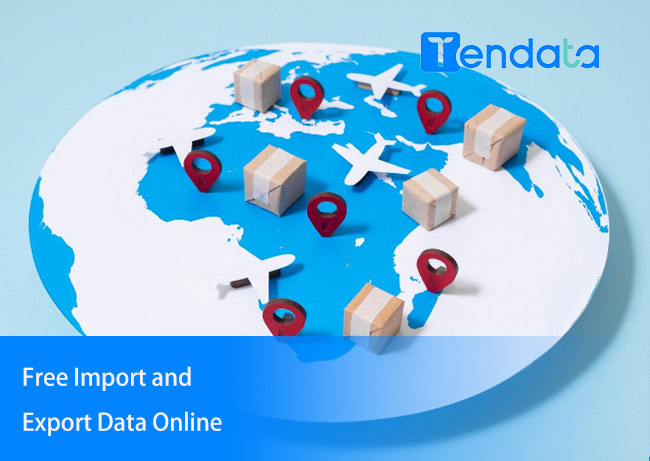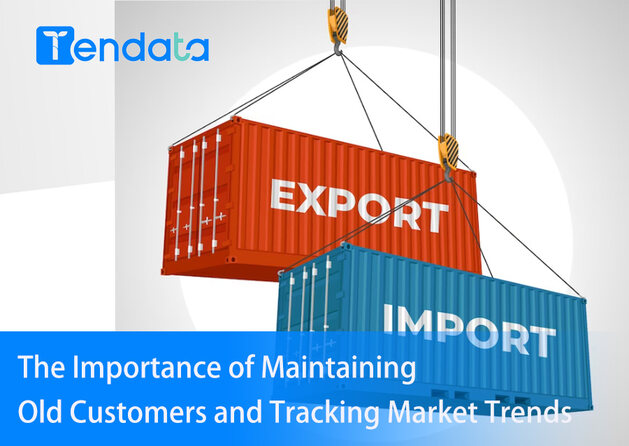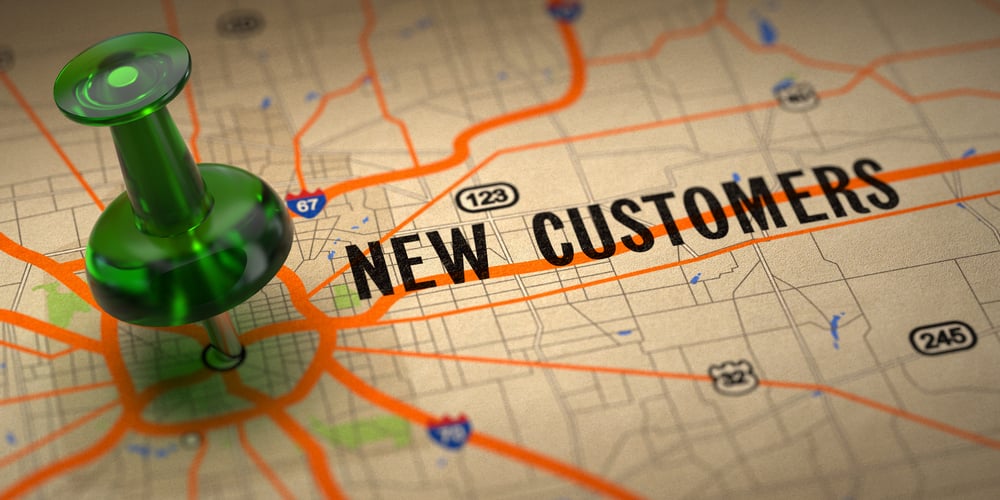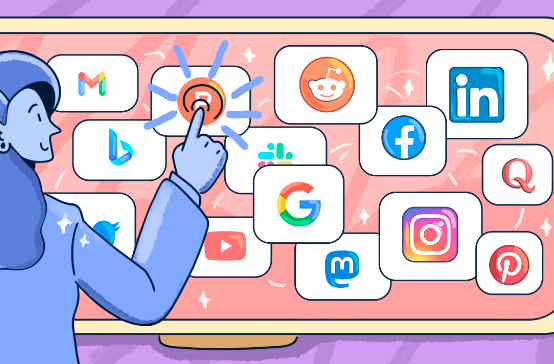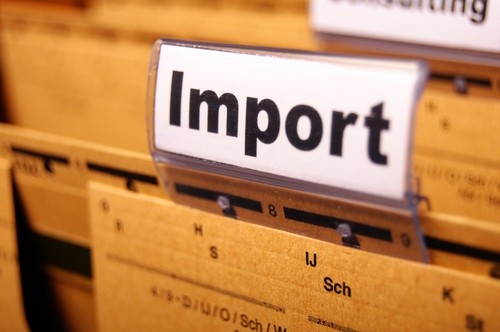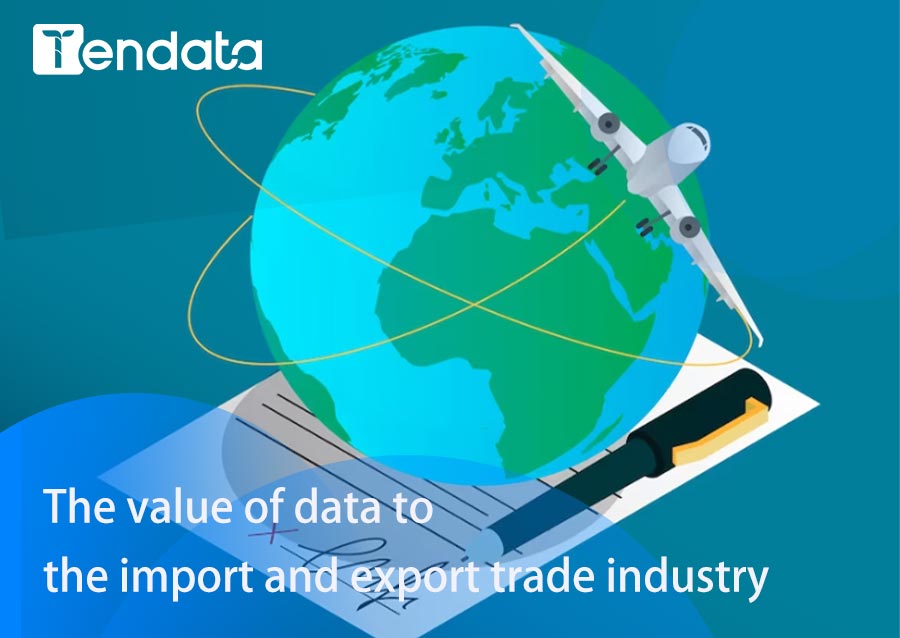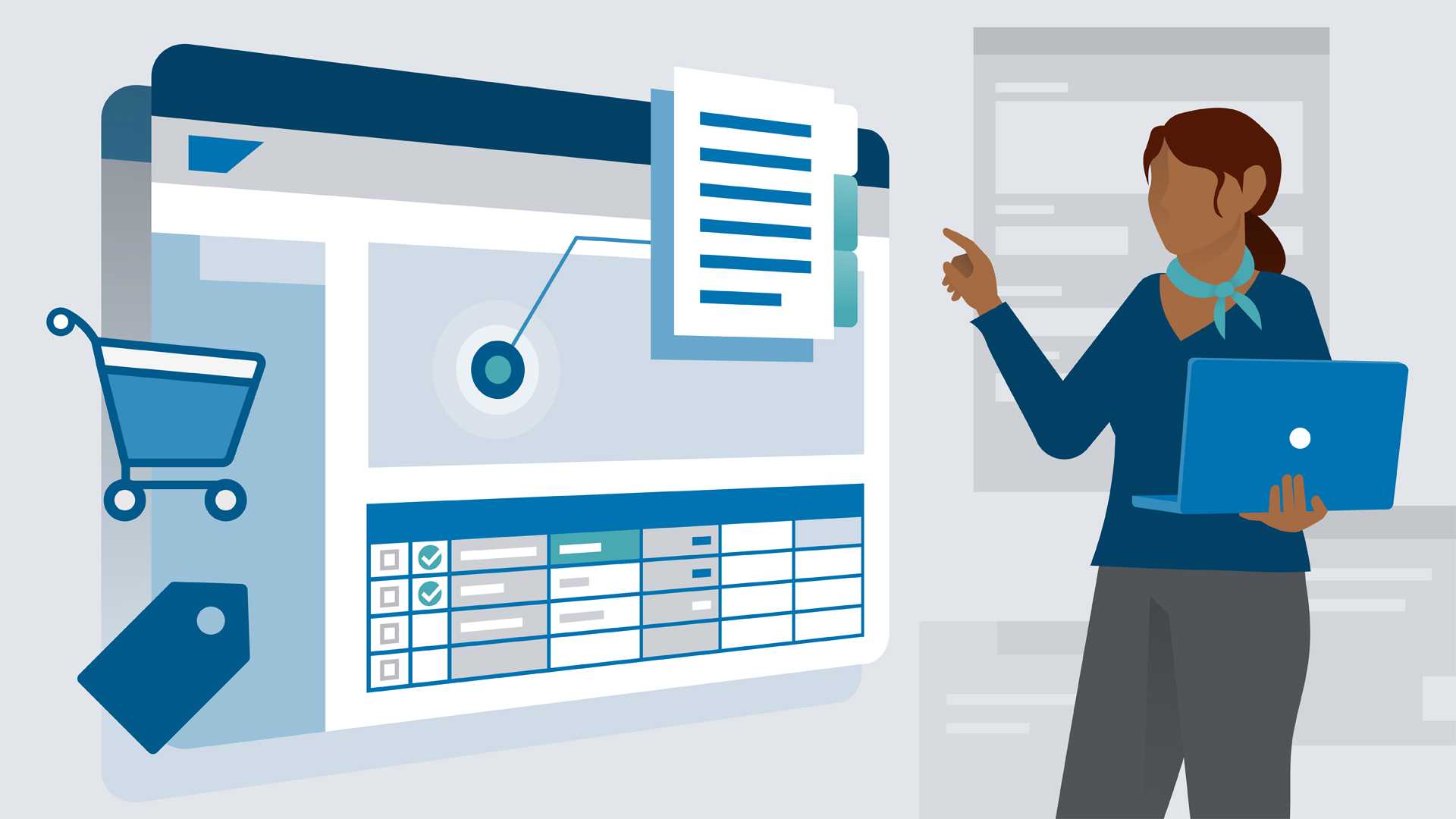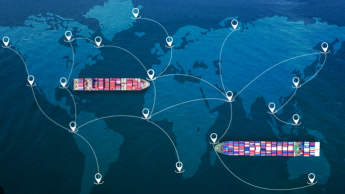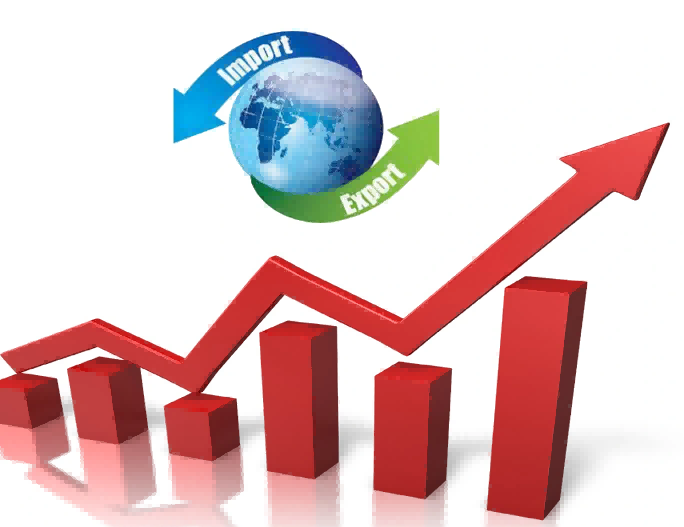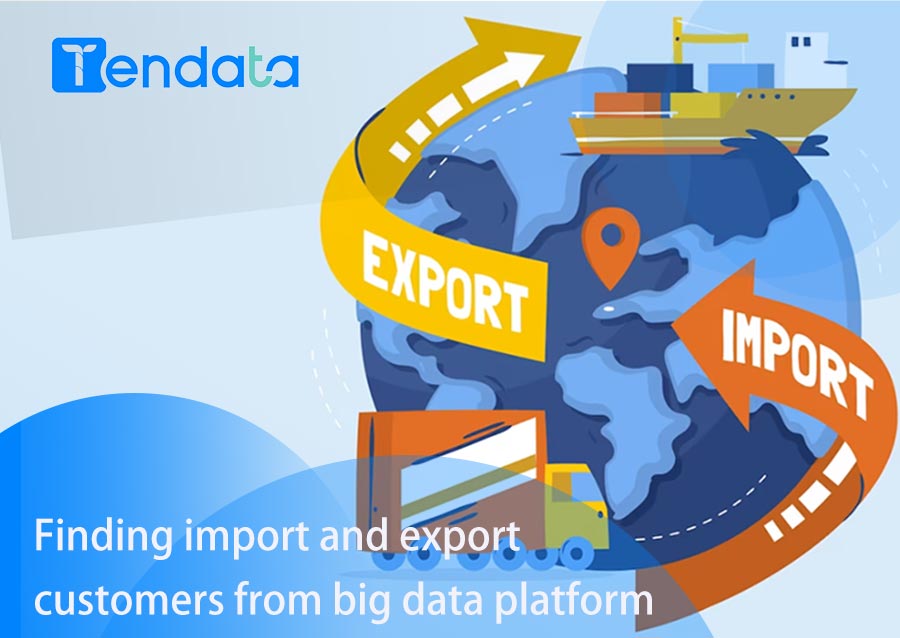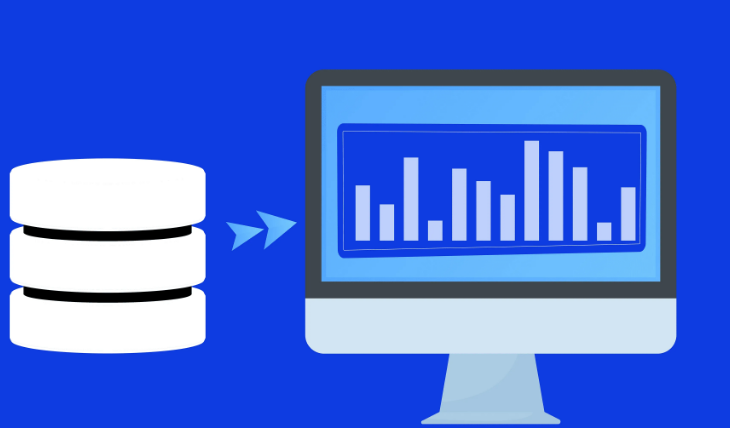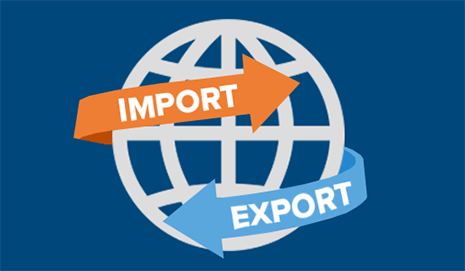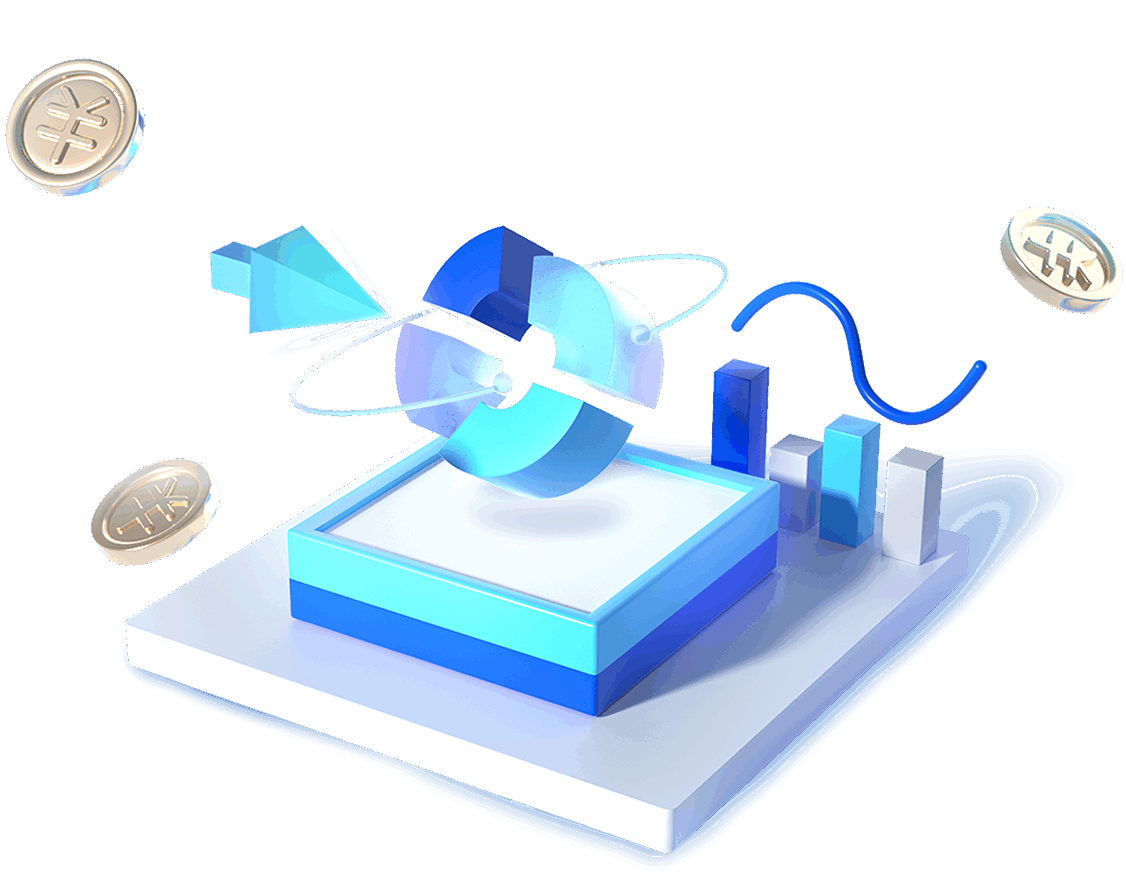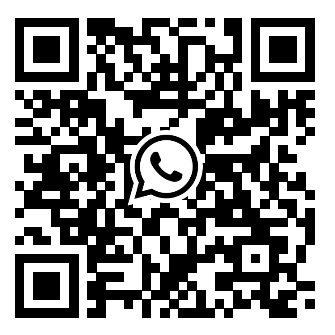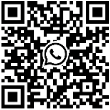 Trade Data Provider
Trade Data Provider
 2025-07-30
2025-07-30
In the process of developing B2B customers for foreign trade or cross-border e-commerce, many people often fall into a common trap: only targeting buyers whose needs perfectly match their products. In reality, except for highly specialized products, the potential customer base for most products is very broad—especially in industries like handicrafts, home goods, and daily consumer products. By leveraging “horizontal thinking,” we can identify more opportunities beyond our existing product categories.

1. Expand Product Scope Horizontally to Find More Potential Customers
When we obtain a customer's information, even if the products they are currently purchasing do not exactly match ours, we can still attempt to break in as long as the product categories are related.
Examples:
If a customer is sourcing wooden photo frames, we can recommend metal or plastic photo frames.
If a customer is purchasing glass cups, we can also introduce painted glass plates or other glass tableware.
This method of horizontally expanding product scope can significantly broaden the customer base. Even if the products we introduce are not part of the customer's current needs, they may be added to their future procurement list, laying the groundwork for subsequent B2B customer development.
2. Communication Tips for Horizontal Customer Follow-up: Avoid Being Overly Aggressive
It's important to note that when approaching customers through horizontal thinking, communication must be calm and gradual. Customers usually already have planned purchases, and pushing other categories too aggressively can backfire.
The correct approach:
Focus on suggestions or sharing information; introduce products without rushing for a deal.
Offer ideas or alternative solutions so customers perceive our professionalism and resource integration capabilities.
Wait for the customer to express interest in learning more—that's already half the battle in horizontal B2B customer development.
Example: When recommending products similar to the customer's original items, you can casually share market trends or examples of new material applications to naturally spark interest.
3. Extending Horizontal Thinking: Reaching End-Consumer Clients Directly
Horizontal thinking applies not only to professional buyers but also to large consumer clients. For instance, if your products are small everyday items like keychains, stationery, or business card holders, you don't have to only target foreign trade wholesalers or retailers. You can also tap into:
Large corporations and brand merchants: They often need souvenirs or promotional items in significant quantities.
Government agencies or associations: They also have bulk purchasing needs for events.
These major buyers rarely post procurement information online, but proactively reaching out and offering samples can lead to long-term partnerships.
4. Use Trade Data to Pinpoint Customers Accurately
Trade data is an extremely efficient tool for horizontally developing B2B customers. If we can use data to find out that a customer has previously purchased products in a related category, our chances of closing a deal increase dramatically.
Trade data helps us trace a customer's purchasing history, understand their habits, supplier resources, and procurement cycles, and determine whether they have purchased similar products before.
>>Get More Product Insights with Tendata Trade Data<<
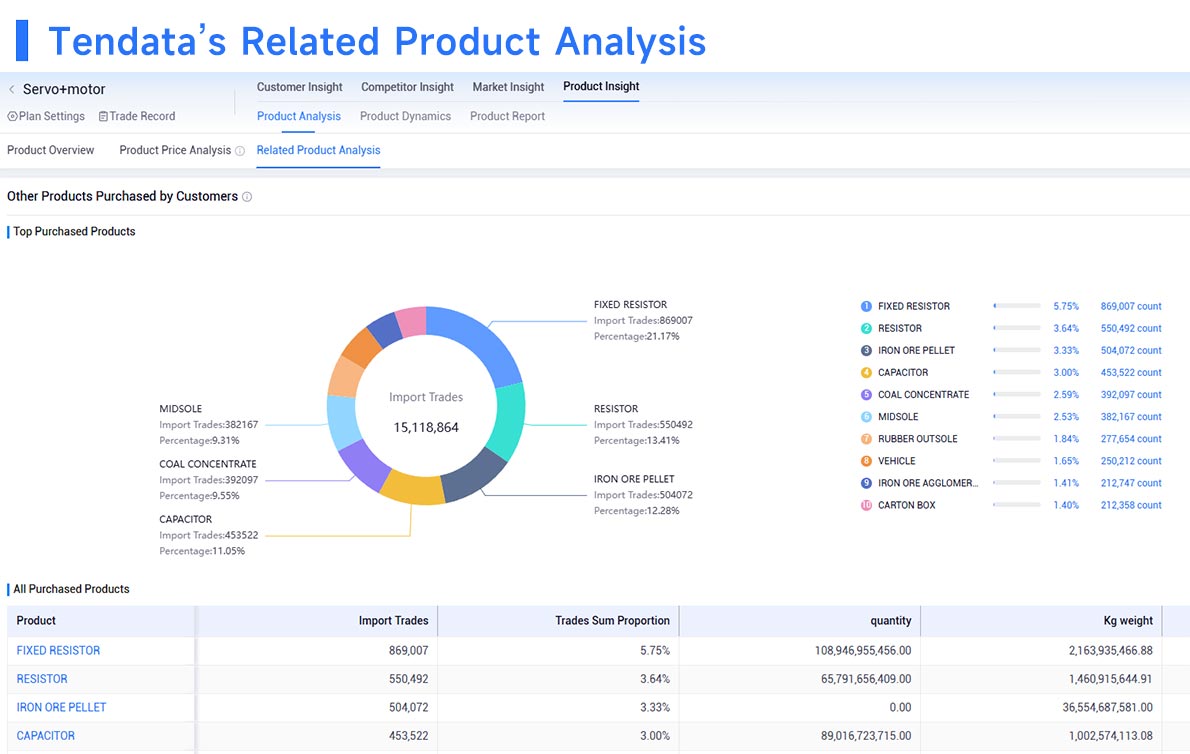
It also provides detailed company information and contact details for key decision-makers, enabling direct outreach and precise B2B customer development.
>>Obtain Customer Contact Information Through Tendata Trade Data<<
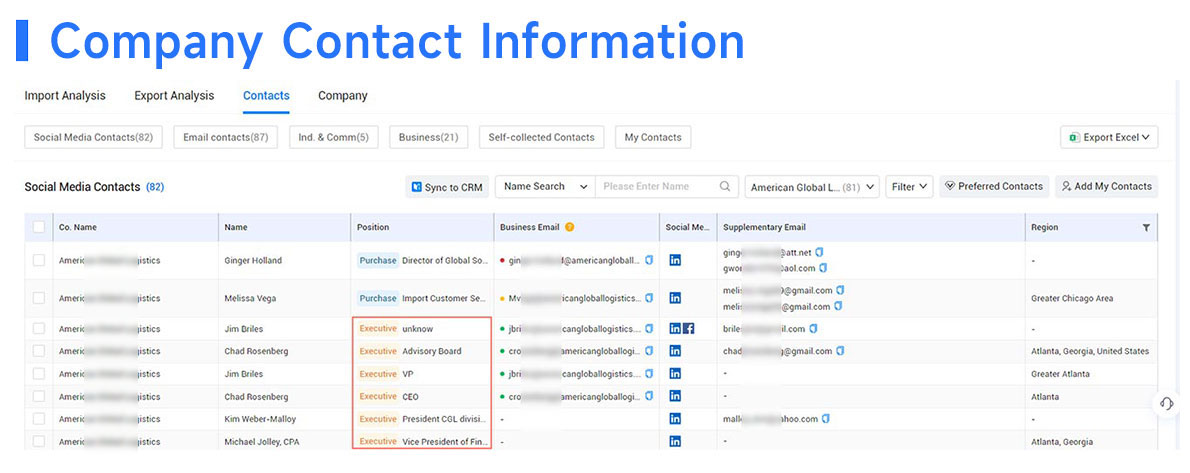
Through this method, we can not only accurately assess the potential of a customer's needs but also improve development efficiency.
Conclusion
As foreign trade competition intensifies, those who break free from fixed product mindsets and horizontally expand their product scope will gain more customer resources.
On one hand, use a calm and consultative approach to let customers see our professional and comprehensive product capabilities.
On the other hand, make full use of trade data, company directories, and other resources to connect directly with key decision-makers and enhance B2B customer development efficiency.
The future market competition is not just about products—it's about thinking. By mastering horizontal thinking, you can uncover more deal opportunities in the process of developing B2B customers and build a more stable customer network.
Category
Leave Message for Demo Request or Questions


 T-info
T-info T-discovery
T-discovery

 My
Tendata
My
Tendata Market Analysis
Market Analysis Customer
Development
Customer
Development Competitor
Monitoring
Competitor
Monitoring Customer Relationship
Customer Relationship